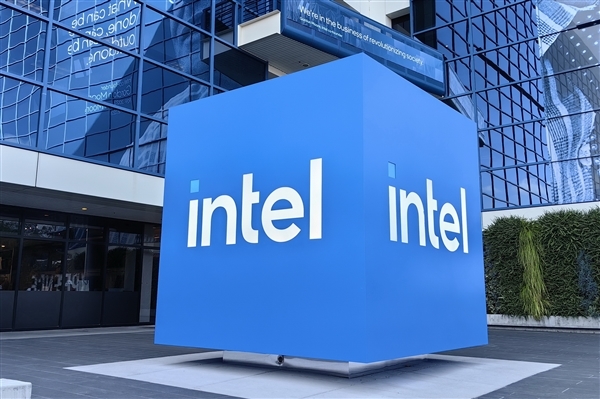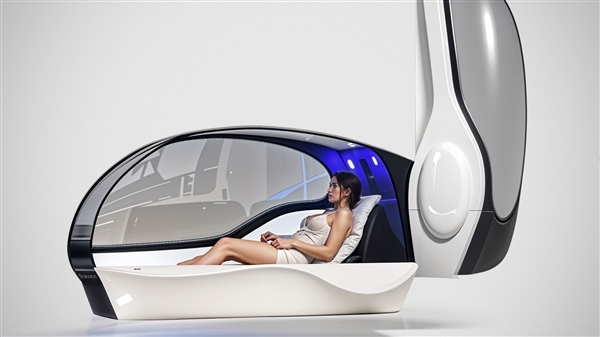March 18, 2025 – In a blog post yesterday, March 17, renowned Apple analyst Mark Gurman from Bloomberg revealed that Apple had initially intended to eliminate the USB-C port from the iPhone 17 Air, making it reliant solely on MagSafe wireless charging. However, due to pressures stemming from EU regulations and consumer concerns, the tech giant ultimately decided against this bold move.
Apple had ambitious plans to introduce the iPhone 17 Air as its first-ever portless smartphone, exclusively supporting MagSafe charging. To this end, the company had already filed patents for a fully glass iPhone without ports or buttons.
According to Gurman’s post, wireless charging technology has advanced to levels nearly matching the speed of USB-C fast wired charging. MagSafe currently supports 25W wireless fast charging, capable of charging up to 50% of the battery in 30 minutes.

The decision to backtrack on a fully MagSafe wireless charging system for the iPhone 17 Air was influenced by several factors, Gurman argues. Firstly, the European Union’s Universal Charging Port Directive played a significant role. To avoid regulatory penalties from the EU, Apple switched all iPhone models globally to USB-C in 2022. Secondly, user backlash was another concern. Gurman referenced the controversy that erupted when Apple removed the headphone jack in 2016, suggesting that the company feared a similar negative reception towards a portless iPhone.
Furthermore, Gurman emphasizes the universal utility of USB-C ports, which facilitate data transfer, connections to external devices, and other functionalities. A fully wireless design could potentially limit the diversity of usage scenarios for iPhone users.
While Apple has shelved the portless design for now, Gurman believes the company hasn’t abandoned it completely. Instead, it may adopt a phased approach. If the ultra-slim iPhone 17 Air is a commercial success, it could pave the way for further lightweighting across the entire iPhone lineup in the future.












